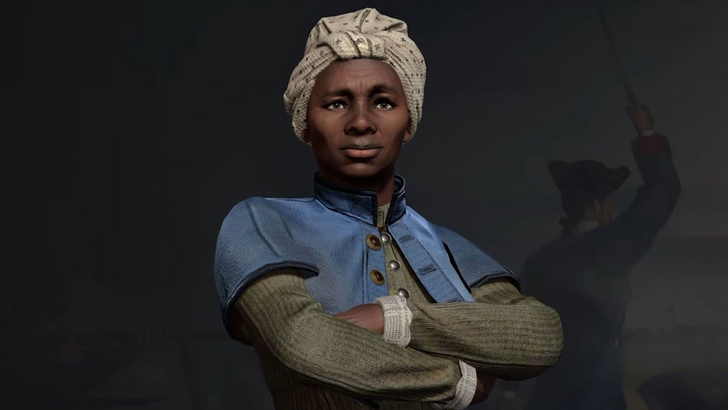
Civilization’s leaders have always been as iconic as the civilizations themselves, but how Firaxis selects each nation's representation has evolved significantly over the years. Dive into the world of Civilization VII to discover how leadership is redefined in this latest installment.
← Return to Sid Meier's Civilization VII main article
Civ VII Redefines What it Means to Be a Leader
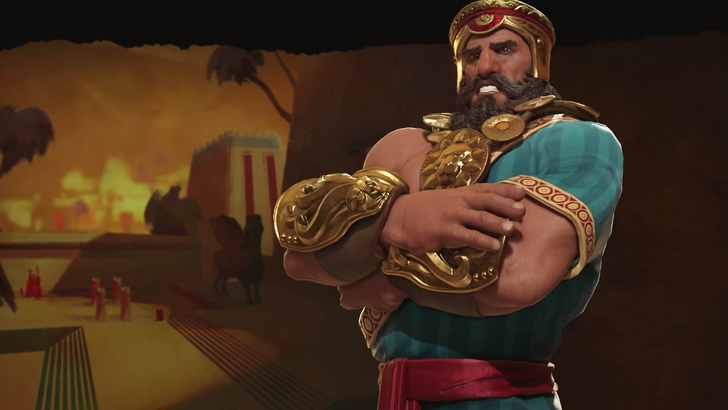
Leaders have been integral to the Civilization series since its inception, defining the game's core identity and remaining a staple feature throughout its evolution. Each leader embodies the essence of their civilization, playing a pivotal role in gameplay as significant as the civ itself. Over time, the roster of leaders has become increasingly diverse, reflecting the real-world's rich tapestry of nations and evolving with each new release. Innovations in leader design have continuously refined the concept of leadership, impacting how players interact with the game.
Join me as we explore the historical evolution of Civilization's leaders, the changes introduced with each iteration, and how Civilization VII redefines leadership with its groundbreaking lineup.
Old Civ Was a Superpowers Club Only

The journey begins with Sid Meier’s original Civilization, which had a modest roster of 15 civilizations. This selection focused on early '90s superpowers and historical giants such as America, Rome, Greece, Japan, China, France, Egypt, and Russia. Leadership was straightforward—each civilization was led by a historical head of state, typically the most recognized figure from their nation. This approach led to iconic leaders like Abraham Lincoln, Tokugawa Ieyasu, Mahatma Gandhi, and Julius Caesar, alongside controversial figures like Mao Zedong and Joseph Stalin. Elizabeth I was the only female leader in this lineup, reflecting a more traditional and clear-cut approach to leader selection at the time.
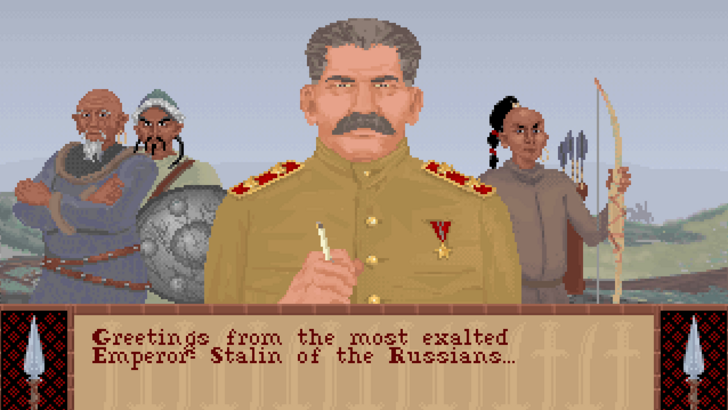
Civs 2 Through 5 Increase Diversity and Creativity in Increments
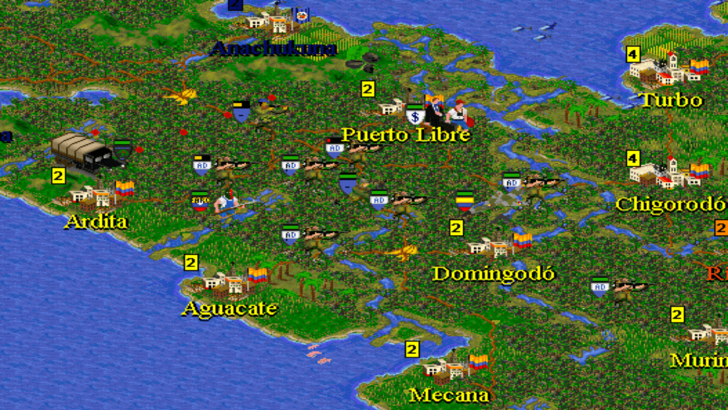
With Civilization II, the series began to broaden its horizons, introducing a wider array of civilizations and leaders. Newer additions like the Sioux and the Spanish brought fresh perspectives, and the game introduced a dedicated roster of female leaders, allowing players to choose between male and female options for each civilization. The definition of leadership expanded to include figures who were not necessarily heads of state but pivotal to their civilization's identity, such as Sacagawea for the Sioux and Amaterasu for Japan.
Civilization III shifted the approach by integrating more female leaders directly into the game, with figures like Joan of Arc and Catherine the Great taking the helm of France and Russia, respectively. By the time Civilization IV and V rolled out, the series had significantly expanded its roster and redefined leadership to include revolutionaries, generals, reformists, and consorts. Notable changes included Wu Zetian leading China instead of Mao Zedong, and England being represented by both Victoria I and Elizabeth I.
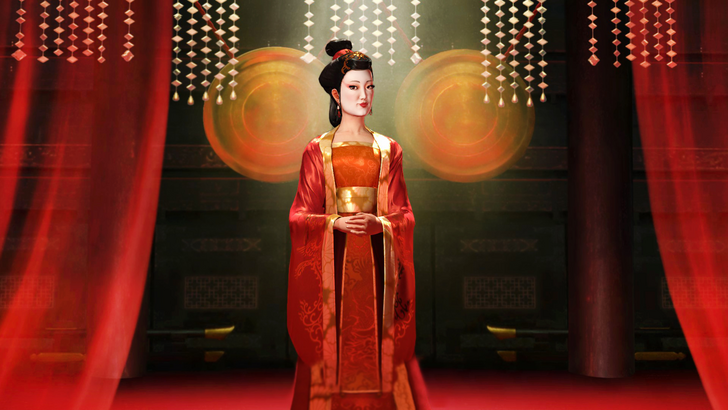
Civ 6 is When The Roster Starts to Get Spicy
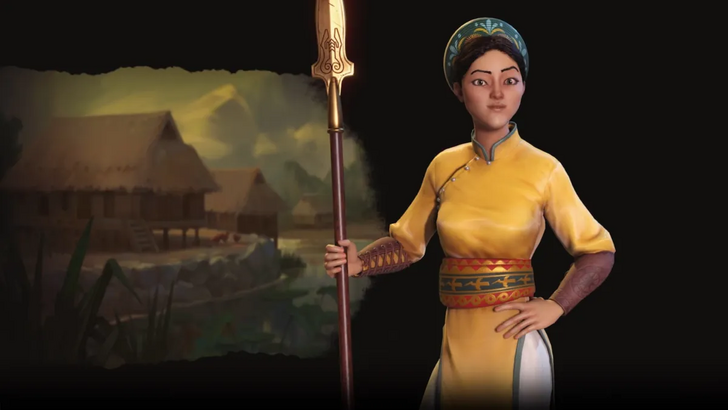
Civilization VI marked a significant leap in leader characterization, diversity, and creativity. Leaders were brought to life through stylized animated caricatures, and the introduction of Leader Personas allowed for multiple versions of the same leader, each emphasizing different aspects of their rule and offering varied playstyles. This iteration welcomed lesser-known heroes from less prominent civilizations, such as Lautaro of the Mapuche and Bà Triệu of Vietnam. Queen Gorgo of Sparta offered a contrasting leadership style to Pericles' diplomacy, showcasing how leaders could be defined by specific chapters of their lives.
Eleanor of Aquitaine and Kublai Khan exemplified this new approach, leading multiple civilizations based on different periods of their lives. The inclusion of multiple leader options for civilizations like America and China further diversified the roster. Leader Personas for figures like Catherine de Medici, Theodore Roosevelt, and Victoria brought nuanced variations to their playstyles.
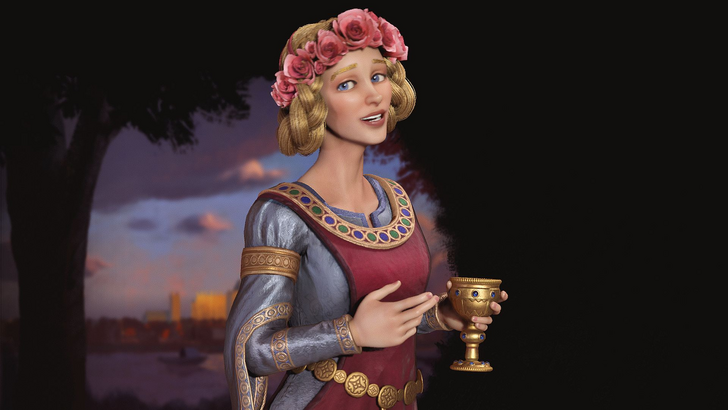
Civ 7 Forgoes Series Staples for Fresh Faces and Unique Leaders
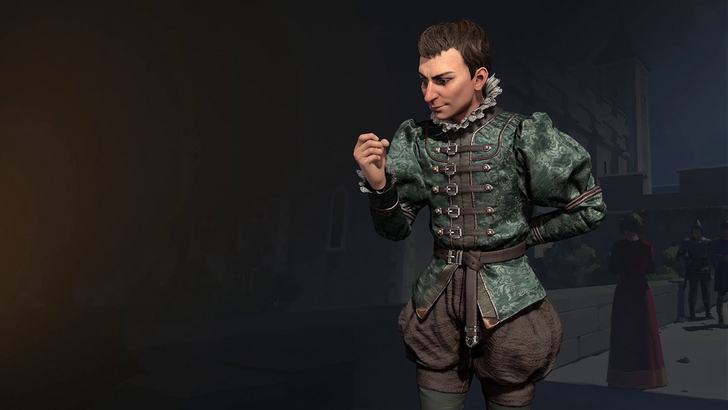
Civilization VII takes the evolution of leader selection to new heights, offering the most diverse and creative roster yet. The game's mix-and-match approach to civilizations and leaders allows for unprecedented flexibility and inclusion of lesser-known figures. Harriet Tubman, the American abolitionist, exemplifies this new direction, filling the spymaster role with her Underground Railroad.
Niccolò Machiavelli, known for his political philosophy rather than state leadership, embodies self-serving diplomacy, while José Rizal of the Philippines adds a focus on diplomacy and narrative events. Over nearly three decades, Civilization has transitioned from a game focused on superpowers to a rich, diverse tapestry of leaders reflecting humanity's vast history.
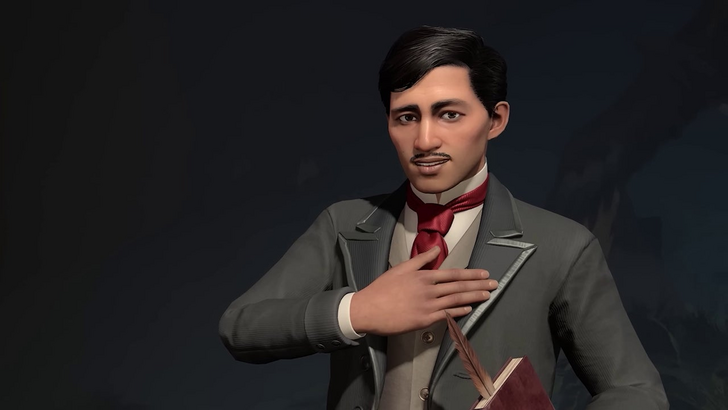
Civilization's definition of leadership has undergone a dramatic transformation, yet the importance of these leaders remains unchanged. As we look forward to potential future iterations like Civilization VIII, we can appreciate the intricate tapestry woven by the series' evolving rosters.
← Return to Sid Meier's Civilization VII main article
Sid Meier's Civilization VII Similar Games

 Home
Home  Navigation
Navigation






 Latest Articles
Latest Articles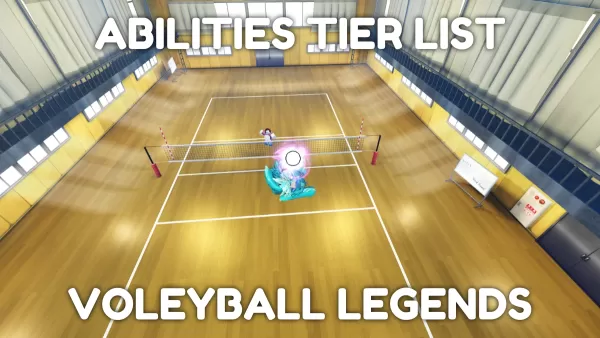









 Latest Games
Latest Games











